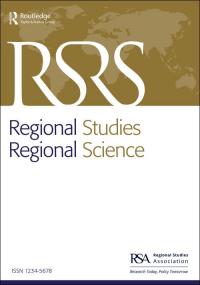During the pandemic, our needs and expectations of our housing stock rapidly expanded to cope with demands of lockdowns, working from home and restricted access to other neighbourhoods. Empirical studies over the last few years indicate how concepts such as multifunctionality, responsiveness, social connectivity and localisation became critical. In many cases, the pandemic deepened existing housing-related inequities. Households already struggling with lower incomes found themselves contending with even more challenges: constrained spaces, inadequate heating and the noise of neighbours.
Given the strong link between housing and health, there is an urgent need to understand the ability of our current housing stock to meet the demands of such ‘shocks’. Of particular importance is the concept of resilience in housing systems. Resilience has become ubiquitous in policy discourse but is underdeveloped and undertheorised.
We thus use actor-network theory (ANT) concepts to develop a multi-level conceptualisation of resilience, arguing that ‘housing resilience’ unfolds on five levels: resilience within an individual dwelling, within housing supply, within the housing supply chain, between dwellings and communities and between dwellings and the natural environment. We then demonstrated the robustness of this conceptualisation by mobilising it as a lens for an analysis, starting with 11 state-level housing policies in Australia. We selected the ‘best practice’ housing policy with the most extensive reference to resilience. We then evidenced how our multi-level conceptualisation allows us to identify critical gaps even in this ‘exemplar’ housing policy, interrogate its structure and prioritise future action plans.


